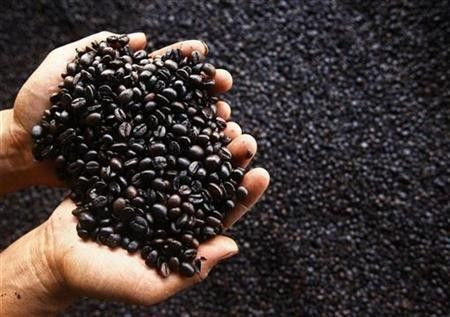Colour Of Coffee Mug Plays A Role In How One Perceives The Drink

A recent study conducted in Australia found that the colour of a coffee mug could change the taste of coffee. The influence of three different coloured mugs on the flavour points were tested by the researchers, the colour of the mugs being white, blue and a clear glass.
According to the Sydney Morning Herald, there were 18 participants involved in the study, each of whom were given the same cup of coffee in one of the different coloured mugs. They were then asked by the researchers to rate the sweetness, aroma, bitterness, quality as well as the acceptability of the coffee. The research found that the same cup of coffee provided a different experience to each of the coffee-drinkers based on the colour of the mug that they used to drink the coffee.
Charles Spence, one of the study's authors, is also the head of the cross-modal research laboratory at Oxford University. He said that the colour of the mug did have an impact and that they found a significant difference between the white mug and the clear one. He explained that he had been studying for more than a decade about the impact colours had on the experience of food. He also said that it did not happen in just the laboratories but in restaurants as well.
It was found that the white mug's coffee had a more bitter taste while the clear glass mug did not. The blue mug turned out to have "kind of an intermediate" taste, according to the findings of the study.
While taking into consideration the perceived sweetness, it was found that those drinking from the white mug noted less sweetness in comparison to those drinking from the blue or the clear glass mugs. Because the scale of the experiment was small, the differences while taking into account the other flavour points were insignificant. Spence hoped to conduct the study on a larger group, and he expected to find a similar pattern.
A similar study was done in 2002 and 2010. The 2002 study found that a few colours were associated consistently with specific tastes. The 2010 study found that the colour of food could have an a cross-modal effect that made the food taste different despite the taste profile remaining unchanged.




















